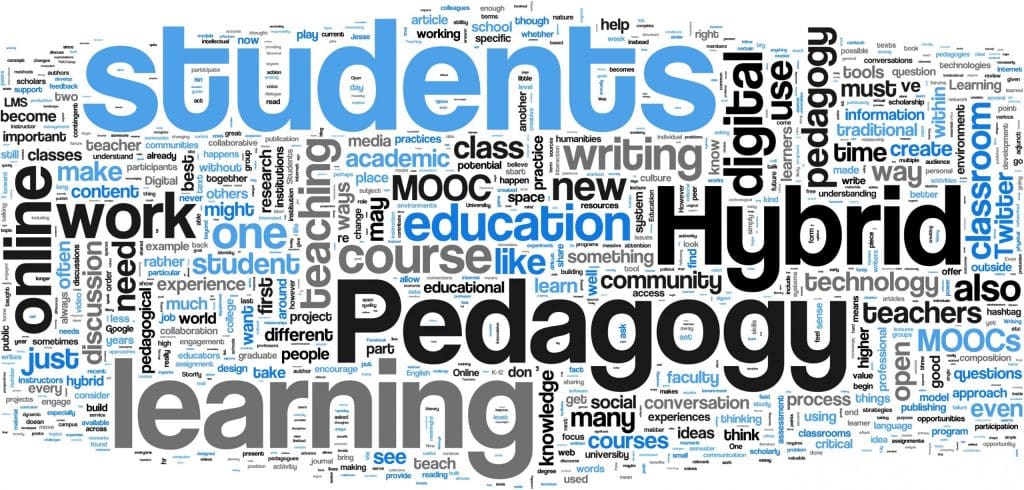By Dr. Jyoti Gupta
Principal, DPS, Ghaziabad

“And the day came, when the risk to remain the same, was greater than the risk to change. It is, after all, the only hope for the cocoon to become the butterfly.”
We are in the seventeenth year of the 21st century. Are our schools there? The answer is debatable. The schools still fundamentally continue to operate with 20th century practices; learning in schools is still dominated by prescriptive, externally driven curricula, pedagogies that are over dominated by didactic teaching approaches and passive learning, focusing on lower levels of knowledge, learners as passive receivers of knowledge.
We must focus on creating an innovative curriculum that is student centric and involves the participation of the student not just as an inquirer but also as a partner who reflects and opines. When this is achieved, the learning that they receive becomes their first step towards becoming learners for life.
Innovative Pedagogical Practices:
Art in Education: This is one such initiative that we must seriously try to intersperse in our school curriculum. This would help us to create a unique educational platform & environment that facilitates and encourages the spirit of enquiry, creativity and moral leadership.
Home Study Schedules: The teachers must be encouraged to prepare special practice assignments to ensure effective preparation for exams and tests. These assignments could be supported by Student Study Materials (SSM) that can be shared with the students in the form of – Lecture videos, PPTs, You Tube links etc. This would guarantee that no student is left behind, that is any student who has missed school/topic or is not too conversant with a particular topic being tested in the examinations can easily access the SSM and benefit.
Flipped Classrooms: The students are expected to watch the videos, research on the topic to be covered in the classrooms and come prepared with the topic for presentations, discussions and debates etc. This helps the students to build knowledge when they interpret, analyse, synthesize, or evaluate information or ideas in a fun-filled manner.
IT in Education: It is rightly said that the learners we are teaching today will be entering the jobs that are not yet created and they will be using the technology that are yet to be discovered. As educators, we must work assiduously to empower the future workforce and provide a learning environment that will prepare our children for a future that we are unable to predict and thereby equip them with the necessary tools to address problems that don’t yet exist
Technology is not to be considered as a mere subject taught in isolation but must be finely blended and integrated within the curriculum of core subjects (math, science and languages) so as to achieve authentic learning outcomes and make students responsible for their own learning.
Community Outreach Programmes – the importance of inculcating values like tolerance, open mindedness, caring, sharing etc cannot be denied. These values can be inculcated through interspersing comprehensive community connect programmes into the curricula.
Gender Sensitization and Adolescent Education Interspersed in Curricula: A major portion of an adolescent’s day is either spent in school or in pursuing school-related activities. Dealing with adolescents on a day to day basis requires us to be aware of the pivotal role that schools play in laying the psychological foundation of the students. The strategy to be embraced is the effective implementation of well researched and time tested systems or programs of behavioral support in schools. There is a need to recognise the diversity of learning styles and explore the richness of teaching approaches. We as educators must work with a collective purpose of ensuring that all aspects of school functioning aim at one thing – ‘No one is left behind’.
Our way forward: “The traditional one-size-fits-all model of education has indeed become redundant in these changing times.” Our challenge is to implement a creative curriculum that does not differentiate students’ capabilities and encourage rote memorization. The purpose of education is to improve the quality of life and not to label people as failures. The current structure of education has to undergo imminent change and needs to be redesigned.


